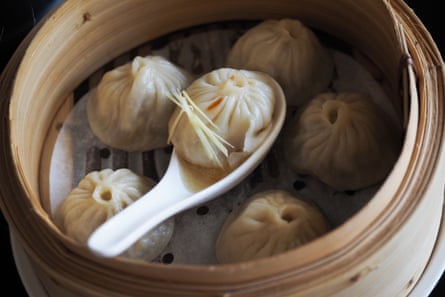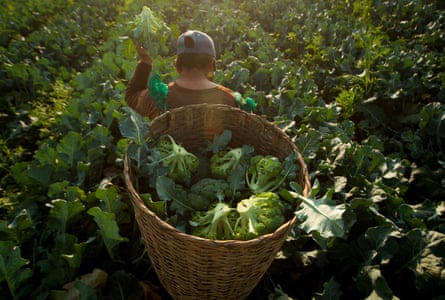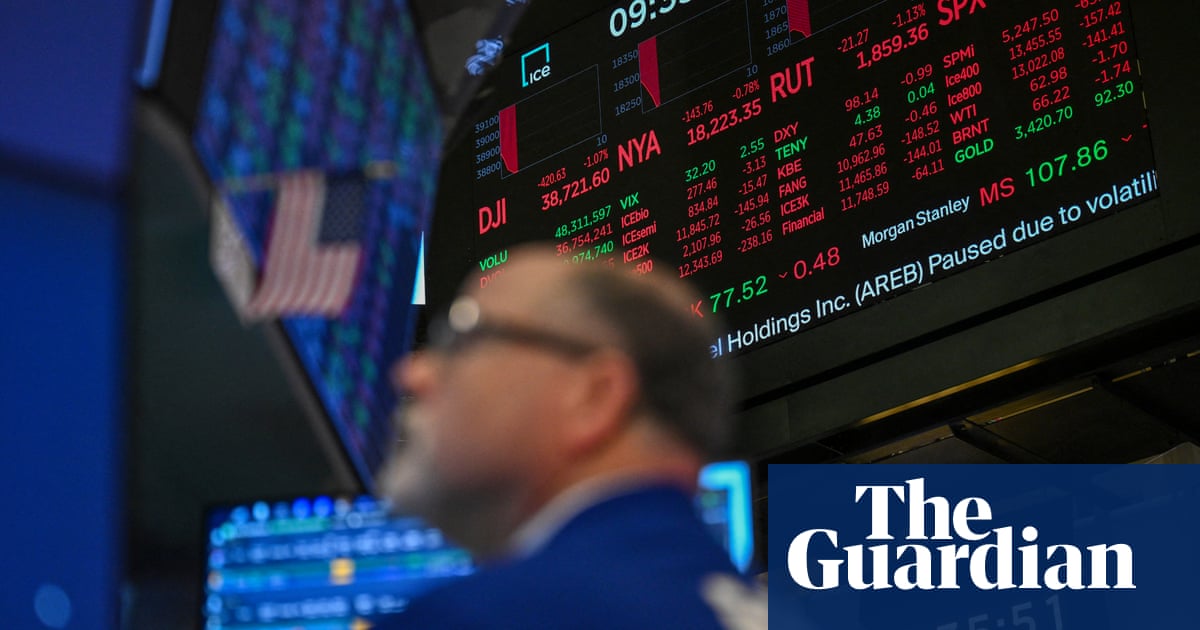Chang Chang, a Sichuan restaurant in Washington DC, was already noticing that some of its business had dropped off after tens of thousands of federal workers living in the area lost their jobs. But the recent tariff rate hikes mark an even greater blow for the restaurant.
Sichuan peppercorns, which create the signature numbing spice of the regional Chinese cuisine, along with other ingredients, face an at least 145% tariff after last week’s tit-for-tat trade battle between China and the United States. The steep rate is an existential threat for restaurants across the country that rely on specialty ingredients imported from China to craft the authentic flavors of their dishes, said operators who were blindsided.
“We’re really worried,” said Jen Lin-Liu, the director of events for Chang Chang. The restaurant is part of the Peter Chang restaurant group that operates a dozen Sichuan restaurants across Washington, Virginia and Maryland.
The restaurant group sources meats and vegetables from local farmers, including an Amish community in the Finger Lakes region that supplies its shiitake mushrooms and organic pork. Still, it is dependent on imported items such as fermented chili peppers and soy sauce, which give the dishes their unique taste.
“Some of the products that we need just do not exist in the United States,” Lin-Liu said.
The cost of other items is rising as well. “There are increases in any supply you can think of, from takeout boxes to printer paper to menu printing paper,” she said, adding that if the tariff rates stick, the price of a $20 dish may rise to $35 or $40.

George Chen, the chef who created Eight Tables, a fine-dining restaurant in San Francisco, said that while some of the items on his menu may be replaceable with options from Taiwan, it undermines the integrity he’s put into sourcing the unique ingredients for his dishes.
“Replacements disrupt complex long-term relationships,” explained Chen. “It took me years to find the special spice vendors or the organic tea farmer in China from my many years living and working there.”
Eight Tables is part of a larger marketplace called China Live, which includes a dining hall, a cold-drinks bar and a shop that sells wares including chopsticks, glass tea mugs and pots.
“The area most concerning is our retail platform,” said Chen. For those items, “it’s not possible to re-order at the tariff rates”.
For direct importers, like the Mala Market, an online shop, the tariffs on Chinese products threaten its entire business model. Sichuan peppercorns are popular on the site, but it also sells a number of items produced in their original region using traditional methods. The owner, Taylor Holliday, calls these “heritage products”, which include soy sauce handcrafted in Zhongba, fermented soybeans aged for three years in Sichuan and sesame paste stone-ground in Shandong.
“These are products which have been made in that exact area for hundreds if not thousands of years,” said Holliday. “They have such a history, there’s no way these products can be made anywhere else.”
While part of Holliday’s business supplies wholesale items to restaurants around the country, the majority of its orders are from home cooks.
“A lot of our customers are people who have a cultural or emotional attachment to China,” Holliday said. “It’s more than just the food, it’s a cultural attachment to these products.”
EMei, a Sichuan restaurant in Philadelphia, sources not only its peppercorns from China but also items such as chopsticks and plastic cutlery for takeout orders. Similar to many Chinese restaurants, delivery is a major part of the restaurant’s business.
“So far, this is the main impact for us,” said Dan Tsao, the owner of EMei, who said the tariff hikes add about $1 to $1.50 to each delivery order.
The tariffs may also create a supply issue for these items.
“Importers are pausing more of their orders from China. They think 125% is crazy,” Tsao said.
While the restaurant sources many of its ingredients from local farmers, it still relies on some imports from other countries. It orders broccoli from Mexico, shrimp from Ecuador and rice from Thailand. Rice is especially critical; the restaurant runs through a supply of about 200 pounds each night, Tsao said. Since Donald Trump’s “liberation day” announcement earlier this month, the price per pound has already risen more than 25%.

The frenetic nature of the tariff policy shifts has left owners and suppliers cautious about which steps to take and how to plan for the future.
Tsao has plans to open two more restaurants later this year and has noticed some construction estimates for renovations rising. Most of the building materials come from China, too.
“I’m hesitating now,” he said. The possibility of a recession while the prices of supplies and renovations keep going up may change his calculation. “There will be all these ripple effects on the system and there’s so much economic uncertainty,” he added.
Holliday said she has one container of product already on the way from China that is scheduled to clear US customs in about five weeks, but will not raise prices until she is forced to.
“I’m praying that something happens by then,” she said. But if it doesn’t, she’s resigned to paying the tariffs.
“There’s no other way we can run our business,” she said.

 6 hours ago
5
6 hours ago
5













































